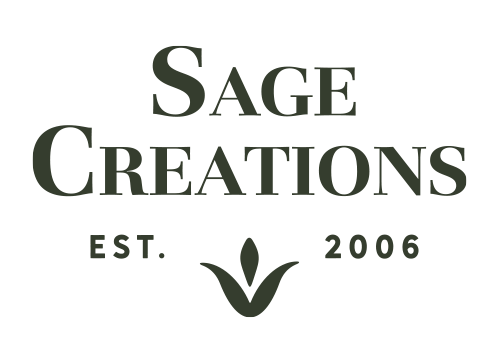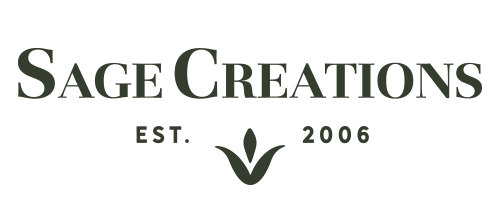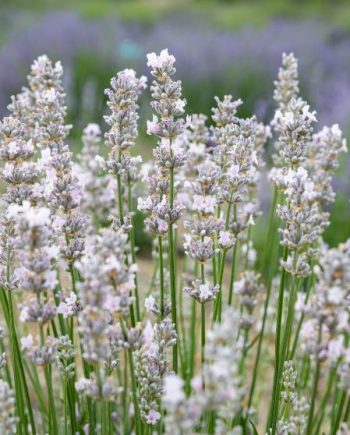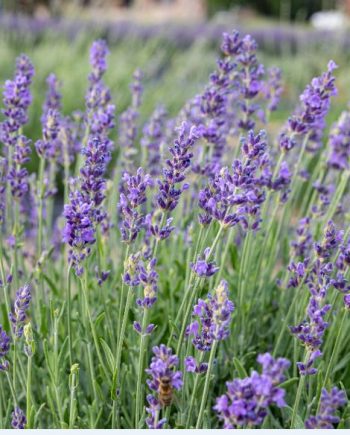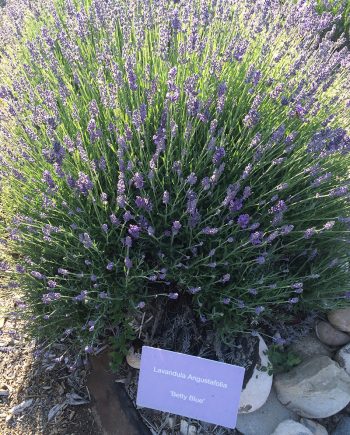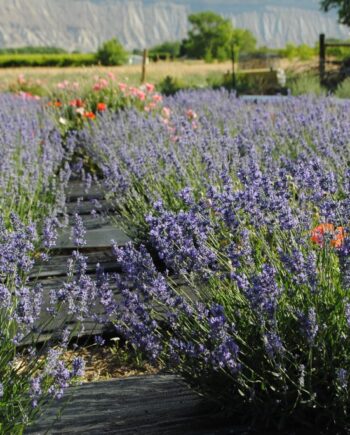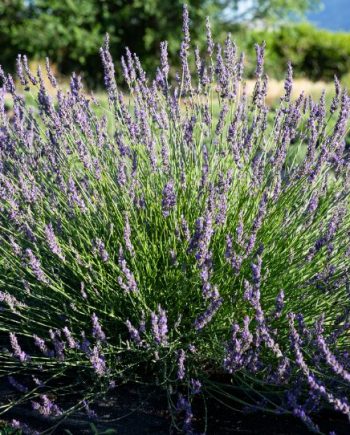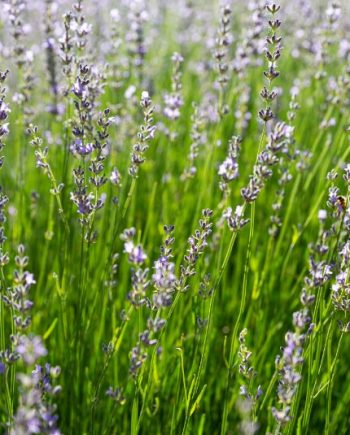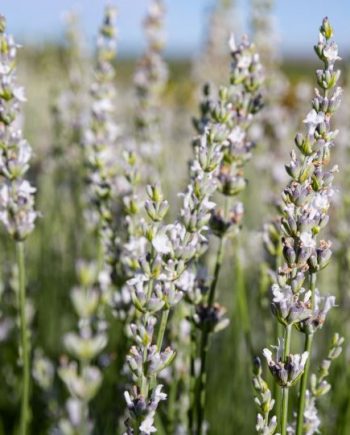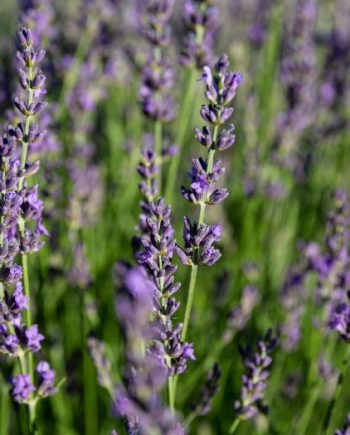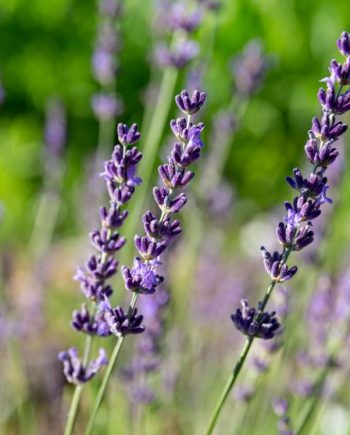Lavender Plant Profiles
Choosing lavender for your garden or farm is an exciting endeavor once you know what you would like to achieve. Whether your goal is to incorporate violet hues in your xeriscape garden, create a fragrant border or hedge along a walkway, or starting a flower business or lavender farm, you will find that there are many different species and cultivars you will find available to you to choose from. Each one with unique traits and physical attributes that may be more desirable over another.
We have profiled a few different cultivars of the three species we grow and offer. For each cultivar the following attributes are described and listed. Describing each plant characteristic in detail will help you choose which species and cultivars may suit your circumstance best.
Hardiness
Describes the plants adaptability to colder climates. When considering hardiness you must consider growing zone, latitude, longitude, and elevation. Lavender cultivars grow best when planted in the appropriate zone.
Plant Size
Plant size is described as the height and the width or spread when the plant is fully flowering. Lavender is considered full grown by year three but will continue to grow until year five. Lavenders only spread by vegetation growth and in some cases – specifically in regard to Lavandula angustifolia – by seed dispersal. Generally, lavenders will grow as wide as they are tall. The growth habit description of each listed cultivar is an average.
Spacing
The spacing suggested is the recommended distance you give the plant to grow between other neighboring plants. The spacing suggested is based on a fully grown plant. The growth rate can be affected by growing zone, climate, and soil type.
“Flower” color is the Corolla Color
Lavender flowers are not only blue or purple. There are also lavenders that bloom from a subtle light color purple to dark rich Mediterranean blues. Others types are blush pink or have pure white or silver-grey flowers. The flower of a lavender plant consists of a corolla (petals), which are fused together, and a calyx (sepals) which are also fused together.
Foliage Color
Leaves can vary from light green to silver. The foliage color described for each cultivar is during the summer months.
Growth Habits
The overall shape and form of a lavender plant are best determined in summer when the plant is in full flower bloom.
Stem Length
Includes the average measured length of the main stem or peduncle and includes the primary spike or flower.
Bloom Time/Frequency
Lavender can bloom once or multiple times during the growing season. Some cultivars will have only one large bloom while others produce true multiple-time full bloom throughout one growing season.
Scent
This is the general smell profile of a particular cultivar. For example, notes of sweet, floral, clove, herbal, camphor, or mint commonly best describe the smell of lavender flowers. This can vary as it is subject to people’s opinions and can also vary due to climate and growing conditions.
Uses
Describes how specific cultivars can shine when used in a certain fashion, specifically which attributes of a cultivar or species’ flowers and form make the plant useful.
